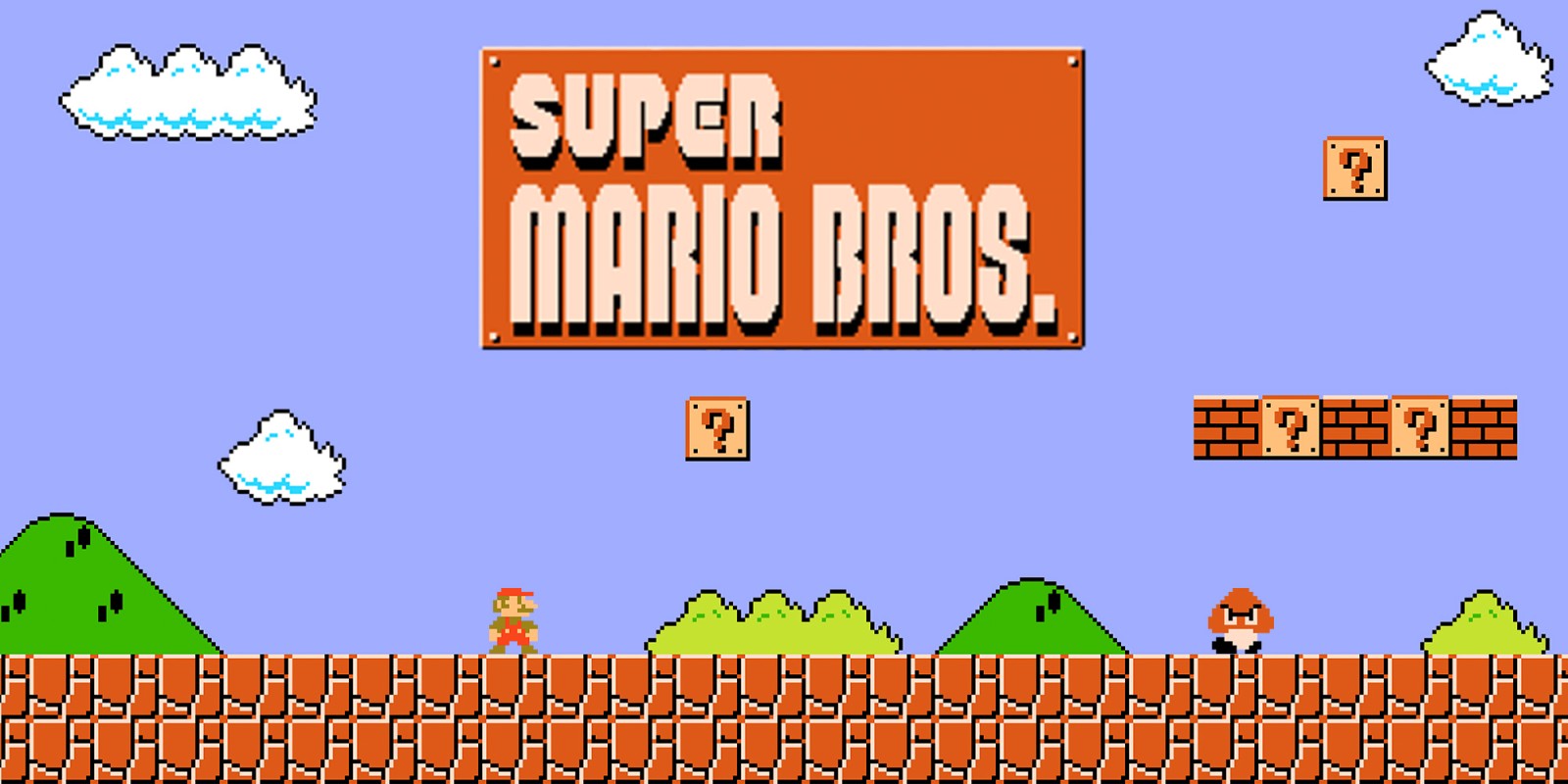The original Super Mario Bros, played on its original hardware, the NES, is brutal. Players have to deal with unresponsive controls, as well as unforgiving game mechanics, like the momentum-heavy physics and how taking damage with a fire flower reverts Mario all the way down to his small form–not to mention the near-absolute lack of 1-Ups throughout the whole game. It takes countless attempts, and the skill and knowledge gained from them, to ever win.
Playing this game is a project, but it demonstrates how to succeed–how to start something, and how to finish it. Even on the title screen, if no buttons are pressed, the game will start to play itself, showing Mario starting the level and jumping around. This gives players a taste of the game, and helps them formulate a plan, however vague, for how they should play it, just as anyone should do before starting a project. First comes a general idea and plan, and only afterwards should the actual process begin.
Perhaps the most important mechanic here is the simple fact that the camera will not move backwards, and that Mario cannot go back further than its edge. Once the project has been taken up, and once it has begun, the only way through is forwards. The hardware of the time accentuates this via the curved television screen, ballooning the middle of the screen and keeping the player’s focus there, right where Mario remains whenever he moves through the level, the camera always shifting right to accomodate his progress. When Mario goes backwards, that physical focus remains on the middle of the screen, ahead of him, as if beckoning him to persist and continue.


That is an interesting observation. I noticed that I couldn’t go backward as well when I missed a mystery block. As you said, this mechanic encourages players to commit to their tasks without looking back. However, this also encourages players to be careful as they progress. At some points, I felt slowing down to grab a power-up would be helpful in the long run despite taking more time in the level. This mechanic creates a balance between always progressing and taking care in what you do.
This is a very interesting point! To add on to this point, while the game tells you to progress forward, it also doesn’t directly tell you what to do and how to play the game. We did discuss in class that the game provides hints to how to play it through its level design, but that isn’t telling you how to solve the problem. I feel like this reflects how in life, even if you have no clue what to do, you must do *something* to solve your problems, even if you have no idea what you’re doing. Typically, eventually, you find a solution. If you do nothing, the time just ticks away.
Really interesting thought. I support the idea that this game is an excellent learning experience for a player in terms of the level design, but failed to notice the subtleties that push the player forward even when they aren’t actively playing the game. Take the example we saw in class: In world one when the mushroom power-up spawned and moved left to right, then hit the pipe to come back, we concluded it was simply to make sure the player would interact with the object in order to understand its significance. However, with your argument, one could say (especially for later power-ups) the fact that they “run away”, motivates the player to run after it and therefore be encouraged to keep playing.
I found your idea of comparing Super Mario Bros to a project was very intriguing. Talking a more broad perspective on your idea, I think that most games have a project element integrated. Though such elements may not be as explicit nor may they be as restrictive as they are in Super Mario Bros, I find that games in general push the player to work in order to advance. One example I thought of is MyCareer in NBA 2K. The goal of the game mode is to develop your player to become the star player/face of the league. You are required to play through your career by playing games, upgrading your player ratings, attaining signature badges, and interacting with other important figures in the scene. Though the standard of success/completion is subjective to each player, most players aim to reach the maximum player rating and winning championships. And to do so, one must complete the objectives listed above. In this sense, I feel that games in general are a project to complete.
I really like your point about the way the camera/screen is set up in terms of forward movement. There were a handful of times in World 1-2 where I just kept missing one of the coins because I kept accidentally jumping past it (hazards of being a first-time Mario player). Your phrasing “beckoning him to persist and continue” is interesting—I found the focus forward stressful and confining, very dissimilar to the side-to-side and up-down freedom of Passage. However, both games kind of had that same… mechanism of forcing you forward. Just as you note that the start screen animation runs the beginning of the game when idle, Passage also continues to progress even when you’re idle. I guess what I’m keying in on is the idea of control/choice (and the choice to idle/waste time), and perhaps as a chronic procrastinator, that’s why I find both the aging and shifting forward of the Passage player and the inability to go backwards of the Mario player somewhat frustrating—I dislike the reminder that I can’t procrastinate and push off the inevitable.